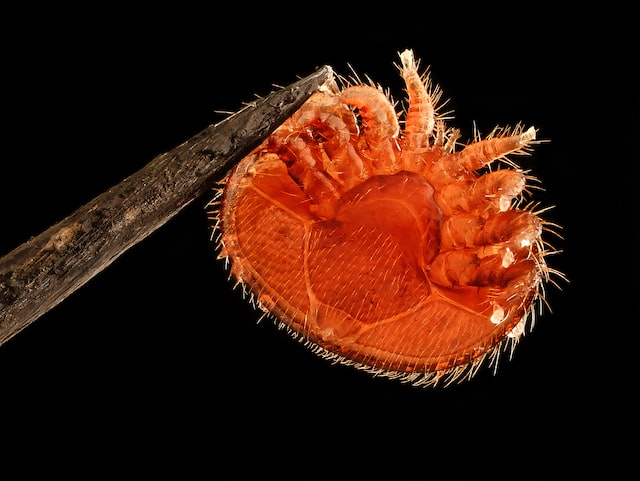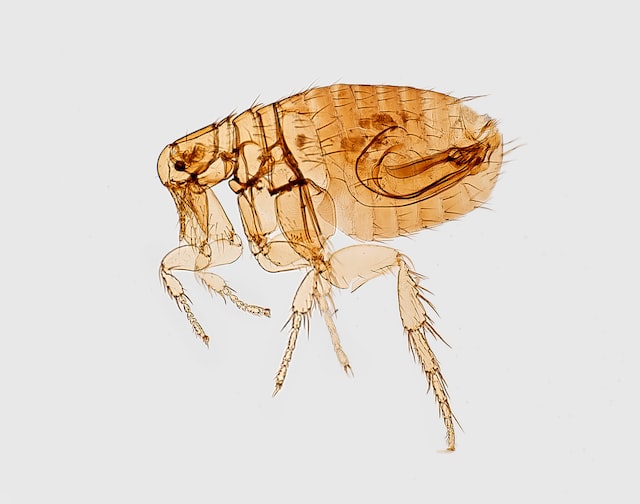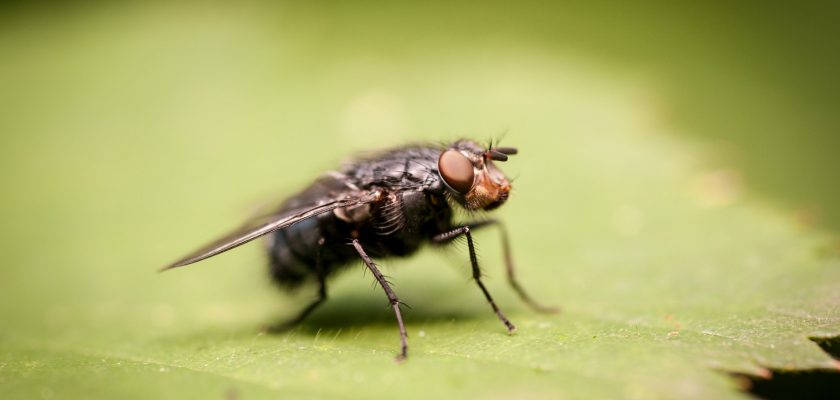If you are looking for ways to tell how bad a flea infestation is, then you have come to the right place. In this article, you will find information on how to tell the severity of a flea infestation in your home, how to treat it, and how to prevent it in the future.
Symptoms of a flea infestation in your home
If you are a pet owner, you should be familiar with the symptoms of a flea infestation in your home. Fleas are external parasites that feed on the blood of animals. They can be found on dogs, cats and humans. Their bites can irritate pets and cause red, itchy spots on the skin.
A flea’s life cycle can take about 24 hours. This means that it is possible for a single flea to multiply to dozens or even hundreds. Some symptoms of a flea infestation in your house include excessive scratching, odor and hair loss.
If your pet develops a flea allergy, it may develop an anaphylactic reaction, which is a serious condition that can be fatal if not treated. Anti-inflammatory medications may be prescribed to control the itching. Depending on the severity of the allergic reaction, your doctor may also prescribe diphenhydramine and epinephylamine.
Other common signs of a flea infestation in your house are the presence of flea dirt and the appearance of tiny black pepper-like specks on your pet. Flea poop can also be found. These can be dark colored deposits or white flecks.

Photo by USGS on Unsplash
Flea “bombs” are aerosolized products that are designed to kill fleas in your home environment. They can be very effective in controlling flea infestations.
To get rid of fleas, you should follow a few simple steps. First, make sure to keep your carpets and upholstery clean. Vacuum your carpet at least once a week. When vacuuming, pay particular attention to bedding.
Next, check for flea eggs. Fleas lay eggs in a variety of places. You can find them in bed, on your furniture, under carpet and in your pets fur.
If you have a flea infestation in your home, you should try to vacuum the area thoroughly to remove all fleas. It is important to use an anti-flea shampoo and wash your pet’s bedding in hot water at least once a week.
Finally, be sure to consult a vet if you have any questions. He can help you determine the best flea prevention and treatment options.
Life cycle of a flea
The flea life cycle is made up of four stages: egg, larva, pupa and adult. Each stage has its own set of conditions. These factors influence the time it takes for the fleas to complete each stage. It can take as little as two weeks for a flea egg to hatch, and it may last as long as twelve months before the flea pupa becomes an adult.
The flea life cycle begins with a single flea laying eggs. Eggs are small white balls. They can be found in clusters, or they can fall off the host. Some eggs will hatch in as little as one day, while others can take up to ten days.
A female flea will lay up to 50 eggs per day. These are tiny white balls that can be found on the floor or on the fur of the host. Flea eggs are also commonly found in clusters.
The larvae, which are blind, free-moving, and semitransparent, feed on various organic matter, such as hair, waste organic material, and food scraps. When the flea larvae completes three larval instars, it spins a silk cocoon. This cocoon acts as a shelter and protects the flea pupa from insecticides.
After spinning the cocoon, the flea pupa remains within the cocoon for several days or weeks. In warm, humid weather, it may remain in the cocoon for up to a month. However, in cooler weather, it will emerge after a few days.
Adult fleas are the most problematic of the four stages. In the first few hours after they are laid on their host, they begin to search for a blood meal. Eventually, they will mate and start laying their own eggs.
Adult fleas do not live very long, however. Female fleas may be able to live up to a year without a host. If an adult flea is left on a pet for a long period of time, it can kill the host.
Once an adult flea has fed, it will begin to search for a host. When an adult is found, it will immediately breed.
Ways to prevent fleas in your home
Fleas can be a real problem, especially when they have been established for a while. It is important to know how to prevent them from re-occurring in your home. The best approach is a combination of prevention and treatment.
To protect your family, make sure you clean your bedding frequently. This is not only good for your pet’s health, but it also kills the fleas. You should also vacuum your carpets and rugs regularly.

Photo by CDC on Unsplash
Another way to keep fleas out of your house is to use a flea fogger. This product will spray a liquid that will kill multiple stages of the flea’s life cycle. These can be particularly useful for treating large, open spaces. However, you should be careful with their use. They may cause damage to your plants.
If you are unable to control the fleas on your own, you can hire a pest control company to do the work for you. The company should be able to use an approved insect growth regulator to control the fleas. IGRs are safe for pets, children and other animals.
Other ways to prevent fleas from entering your home include vacuuming and treating your yard. Vacuuming is effective because it removes flea eggs and larvae. Also, using a nozzle attachment on your vacuum is helpful.
Steam cleaning your home is another option. However, make sure you test the steamer on a small area first. Some fleas can be toxic to pets, so be careful.
You can also apply a pesticide or insecticide to various surfaces. However, make sure you wash the surface afterwards. Ideally, you should spray your carpets, upholstery and other areas you think might have fleas.
Using an iRobot vacuum will help you to treat your home. These devices use smart sensors to locate and vacuum dirt from your hardwood floors.
You should also be aware of the fact that fleas are not the only insects that can be a problem in your home. Birds, skunks, opossums and other wildlife can easily bring fleas into your home.
Fleas can also be difficult to get rid of once they are established. A thorough treatment is essential to completely eradicating an infestation.
Treatment of a flea infestation
Fleas are an insect that can spread a variety of illnesses to humans and pets. They can also cause skin irritation. Fortunately, there are flea control treatments available that will help you rid your home of fleas.
The best way to treat your home for fleas is to identify where they are hiding. Look for cracks, tight spaces, and other areas where they like to hide.
If you suspect a flea infestation, take your pets to a vet for a proper diagnosis. Your veterinarian can provide you with information on the latest products and methods for controlling fleas.
Treatments for fleas are available in oral medications, spot-ons, collars, and shampoos. A good flea treatment will include ingredients that destroy the adult fleas.
Some products are also available in a spray form. These treatments can be used to treat both your indoor and outdoor environments. You should choose a treatment that will target all areas that are likely to be infested by fleas.
Vacuuming your home several times a week can prevent your house from being infested by fleas. This will help to kill flea larvae that develop inside your carpets.
Vacuuming can also remove immature fleas. For a more thorough treatment, you may want to use a steam cleaner. Steam cleaning can remove fleas and other insects.
Fleas are a very common external parasite on cats and dogs. Several other animals can carry fleas as well, including raccoons, opossums, and squirrels.
Choosing a safe flea treatment can be difficult. Many pets are hypersensitive to certain substances, so you should check with a veterinarian before you use any product on your pet.
The treatment should include your pet’s sleeping areas. You should also clean your carpets, throw rugs, and sofa cushions. When you vacuum, look for areas where you see fleas and treat them.
In order to treat a flea infestation, you should follow the directions on the label of the products you choose. Fleas are incredibly prolific and can spread to other areas of your home.
Fleas are highly effective at consuming blood. They can feed on 15 times their body weight in blood every day. That means they can cause a lot of bleeding, so you should seek medical advice if you notice that your pet is showing signs of a flea infestation.
